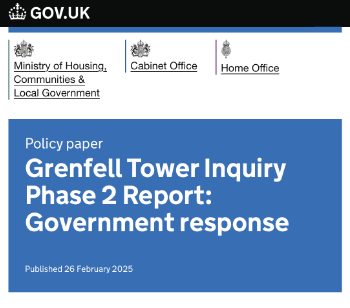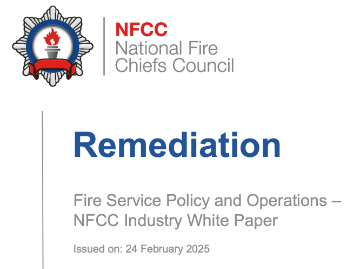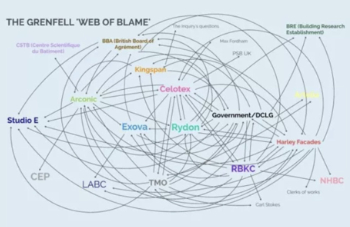Heat Loss Form Factor
Elrond Burrell , What is the Heat Loss Form Factor? Blog 03 Aug 2015, states: ‘The Heat Loss Form Factor is one way of measuring the efficiency of the surface area of the thermal envelope. The Heat Loss Form Factor is the ratio of thermal envelope surface area to the treated floor area (TFA). This is effectively the ratio of surface area that can lose heat (the thermal envelope) to the floor area that gets heated (TFA). In other words, the Heat Loss Form Factor is a useful measure of the compactness of a building. And the more compact a building is, the easier it is to be energy efficient. Conversely, the less compact a building is, the more insulation will be required for the building to be energy efficient.’
[edit] Related articles on Designing Buildings
Featured articles and news
International Women's Day 8 March, 2025
Accelerating Action for For ALL Women and Girls: Rights. Equality. Empowerment.
Lack of construction careers advice threatens housing targets
CIOB warning on Government plans to accelerate housebuilding and development.
Shelter from the storm in Ukraine
Ukraine’s architects paving the path to recovery.
BSRIA market intelligence division key appointment
Lisa Wiltshire to lead rapidly growing Market Intelligence division.
A blueprint for construction’s sustainability efforts
Practical steps to achieve the United Nations Sustainable Development Goals.
Timber in Construction Roadmap
Ambitious plans from the Government to increase the use of timber in construction.
ECA digital series unveils road to net-zero.
Retrofit and Decarbonisation framework N9 launched
Aligned with LHCPG social value strategy and the Gold Standard.
Competence framework for sustainability
In the built environment launched by CIC and the Edge.
Institute of Roofing members welcomed into CIOB
IoR members transition to CIOB membership based on individual expertise and qualifications.
Join the Building Safety Linkedin group to stay up-to-date and join the debate.
Government responds to the final Grenfell Inquiry report
A with a brief summary with reactions to their response.
A brief description and background to this new February law.
Everything you need to know about building conservation and the historic environment.
NFCC publishes Industry White Paper on Remediation
Calling for a coordinated approach and cross-departmental Construction Skills Strategy to manage workforce development.
'who blames whom and for what, and there are three reasons for doing that: legal , cultural and moral"






















